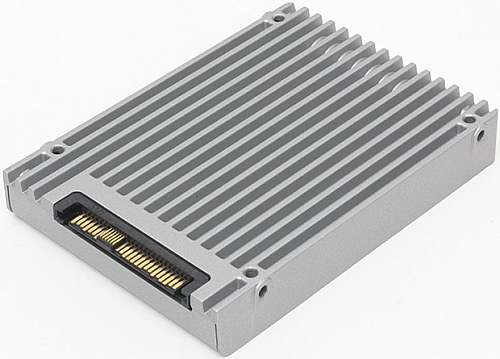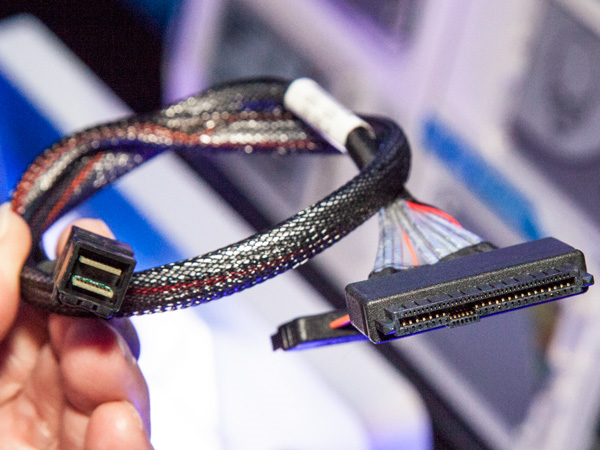INSIGNIS Technology Corporation
To round out the offerings is a 2.5” or 3.5” form factor that uses a U.2 cable with U.2 NVMe interface. These drives are intended for enterprise and datacenter applications and are generally available in high capacities and high write-endurance models. Similarly, the U.2 cable and host connector are significantly larger than SATA. So far there aren’t any low performance NVMe 2.5” drives, and with good reason, since the 2.5” SATA is the most cost effective solution available and is expected to be for quite some time.


NVMe Cross-Over
With NVMe prices that started rather high and have fallen quickly, it’s no surprise that pundits are predicting when it will be cheaper than SATA, but that’s not the way it works. NVMe will never be significantly cheaper than SATA. Prices for NVMe are high because it’s being sold based on its performance. When NVMe competes with SATA it will be competing based on $/GB. Since both use the same NAND Flash behind the controller there is no reason for NVMe to ever cost less than a SATA drive. This is of course different for DRAM technology since the memory chips for a given DRAM are a completely different design and subject to different market forces.
Robust NAND Devices
Today we have a range of NAND Flash devices with different capabilities and requirements. The oldest and most robust NAND technology is SLC (single level cell), then MLC (multi-level cell), now TLC and QLC are emerging along with 3D-NAND architectures. These newer technologies are more cost effective per bit, but at the same time have lower reliability, and endurance at the component level. Even today SLC is still manufactured for systems requiring the highest possible uptime and ruggedness.
The newest NVMe controllers are being developed to work with the latest NAND devices, meaning TLC, QLC, and 3D-NAND. It is unlikely that emerging NVMe drives will support the more reliable MLC and SLC NAND technologies. Applications that require a more stable and robust storage solution would be best to stick with proven MLC NAND, which will limit the availability of cost effective NVMe drives.
Conclusion
The well-established SATA storage industry is cost effective and entrenched for most applications. SATA drives are available with reliable MLC or SLC NAND Flash components. The higher performance NVMe will always sell at a premium whereas SATA-level performance will approach the cost of SATA drives. NVMe is not a disruptive technology that will significantly change the economics of storage systems - it is a performance-based solution for those willing to pay for it.
SOURCES:
https://en.wikipedia.org/wiki/NVM_Express
https://en.wikipedia.org/wiki/PCI_Express